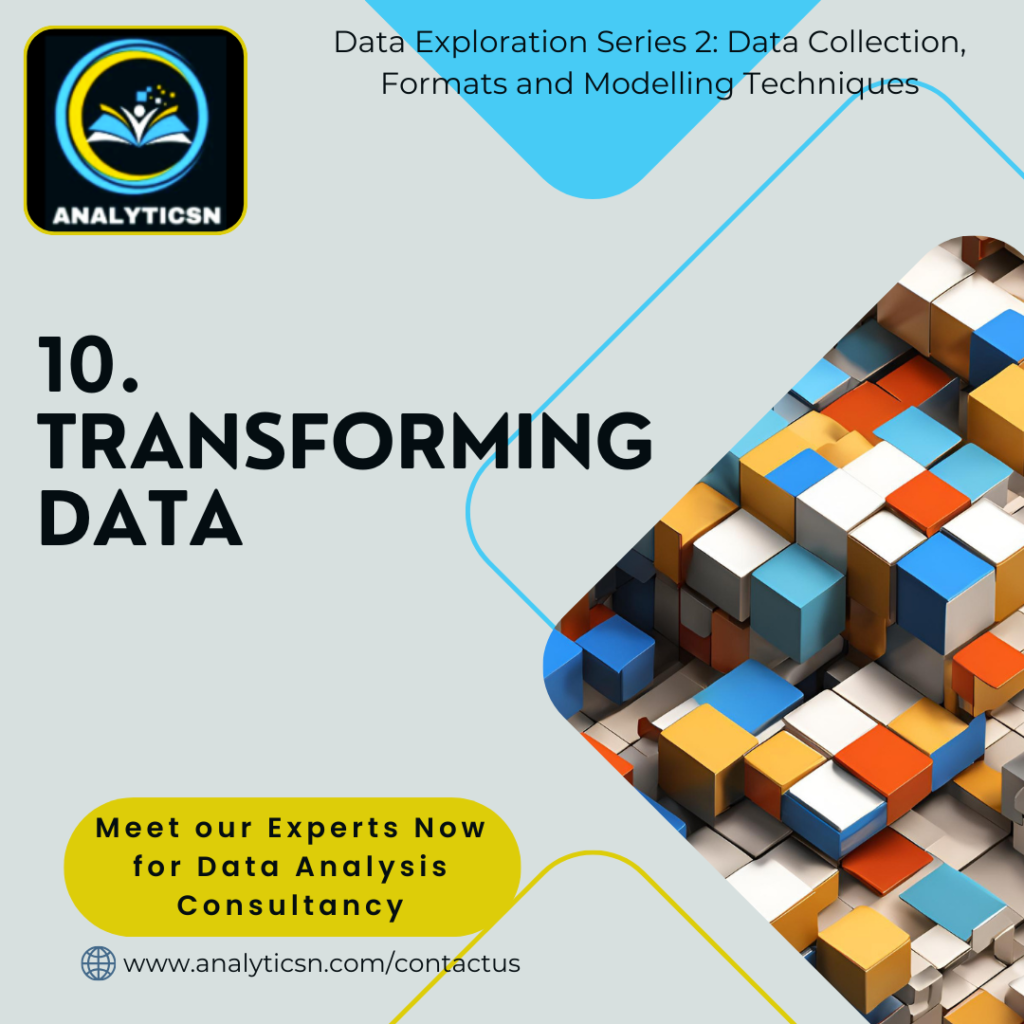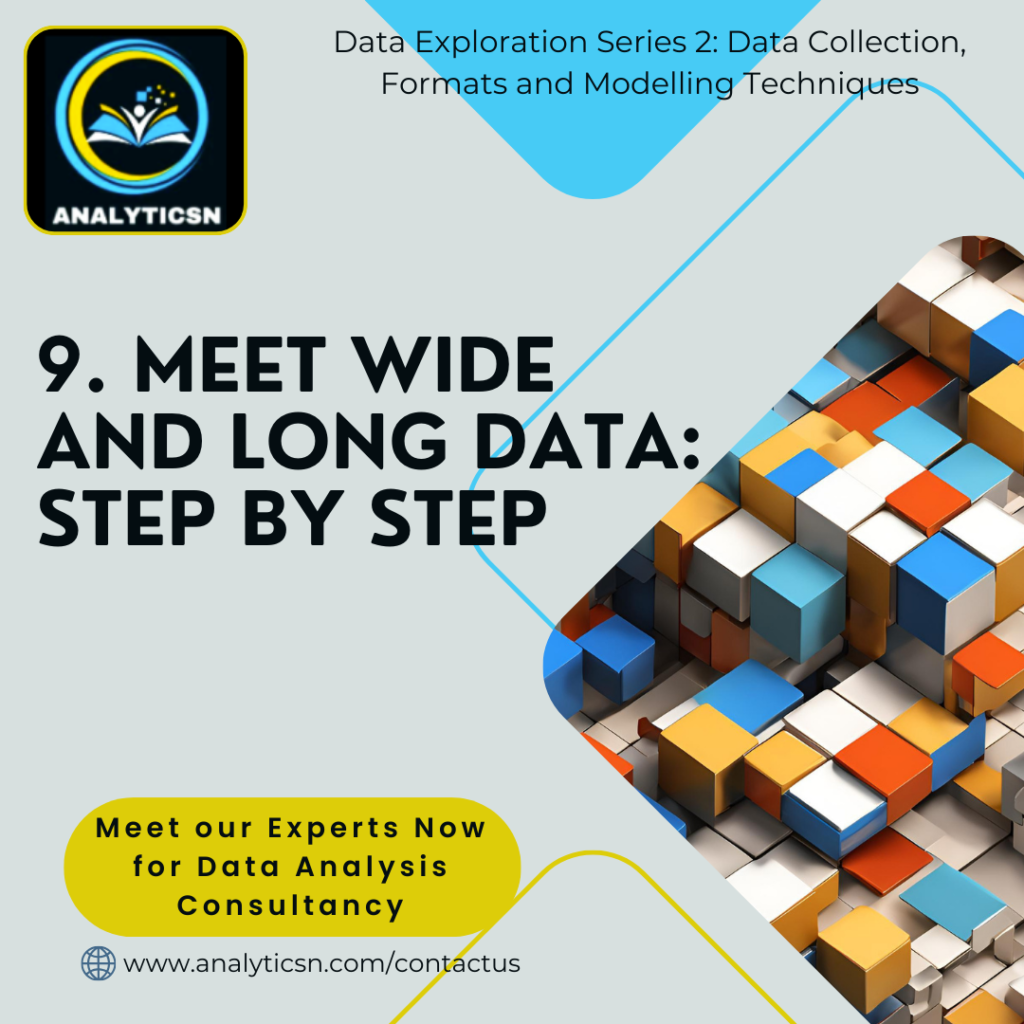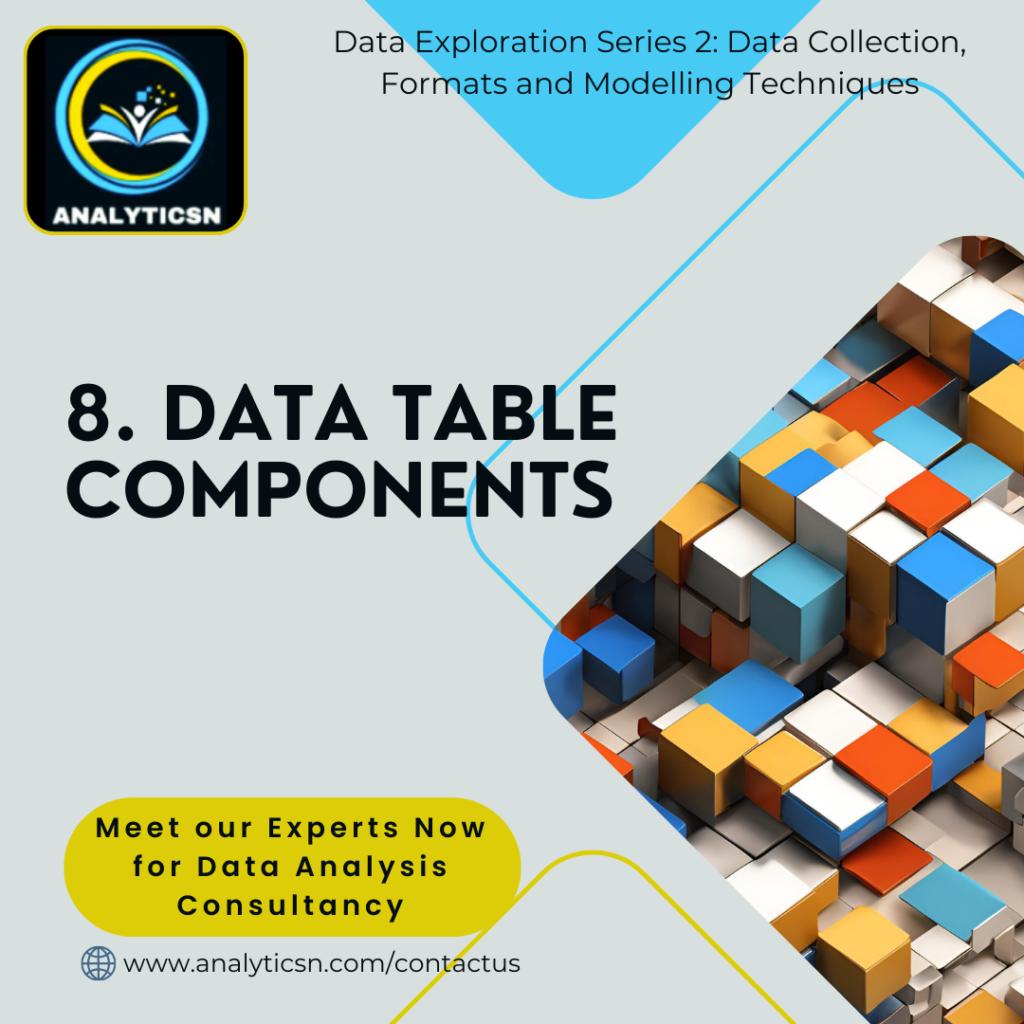
So far, you’ve learned a lot about how to think like a data analyst in previous posts. We’ve explored a few different ways of thinking. And now, I want to take that one step further by using a mathematical approach to problem-solving. Mathematical thinking is a powerful skill you can use to help you solve problems and see new solutions.
What is Mathematical Thinking?
So, let’s take some time to talk about what mathematical thinking is, and how you can start using it. Using a mathematical approach doesn’t mean you have to become a math whiz suddenly. It means looking at a problem and logically breaking it down step-by-step, so you can see the relationship of patterns in your data, and use that to analyze your problem.
This kind of thinking can also help you figure out the best tools for analysis because it lets us see the different aspects of a problem and choose the best logical approach.
There are a lot of factors to consider when choosing the most helpful tool for your analysis. One way you could decide which tool to use is by the size of your dataset. When working with data, you’ll find that there’s big and small data.
Small Data
Small data can be really small. These kinds of data tend to be made up of datasets concerned with specific metrics over a short, well defined period of time.
Like how much water you drink in a day. Small data can be useful for making day-to-day decisions, like deciding to drink more water. But it doesn’t have a huge impact on bigger frameworks like business operations. You might use spreadsheets to organize and analyze smaller datasets when you first start out.
Big Data
Big data on the other hand has larger, less specific datasets covering a longer period of time. They usually have to be broken down to be analyzed.
Big data is useful for looking at large- scale questions and problems, and they help companies make big decisions. When you’re working with data on this larger scale, you might switch to SQL. Let’s look at an example of how a data analyst working in a hospital might use mathematical thinking to solve a problem with the right tools. The hospital might find that they’re having a problem with over or under use of their beds.
Based on that, the hospital could make bed optimization a goal. They want to make sure that beds are available to patients who need them, but not waste hospital resources like space or money on maintaining empty beds.
Using mathematical thinking, you can break this problem down into a step-by-step process to help you find patterns in their data. There’s a lot of variables in this scenario. But for now, let’s keep it simple and focus on just a few key ones. There are metrics that are related to this problem that might show us patterns in the data: for example, maybe the number of beds open and the number of beds used over a period of time. There’s actually already a formula for this. It’s called the bed occupancy rate, and it’s calculated using the total number of inpatient days, and the total number of available beds over a given period of time. What we want to do now is take our key variables and see how their relationship to each other might show us patterns that can help the hospital make a decision. To do that, we have to choose the tool that makes sense for this task. Hospitals generate a lot of patient data over a long period of time. So logically, a tool that’s capable of handling big datasets is a must.
SQL is a great choice.
In this case, you discover that the hospital always has unused beds. Knowing that, they can choose to get rid of some beds, which saves them space and money that they can use to buy and store protective equipment. By considering all of the individual parts of this problem logically, mathematical thinking helped us see new perspectives that led us to a solution.
You’ve learned about how empowering data can be in decision-making, the difference between quantitative and qualitative analysis, and using reports and dashboards for data visualization, and much more. There is a lot remained to learn in the upcoming articles. Stay tuned.
More Articles

10. A Secret to Data Transformation
What is data transformation? A woman presenting data, a hand holding a medal, two people chatting, a ship’s wheel being...
Learn More >

